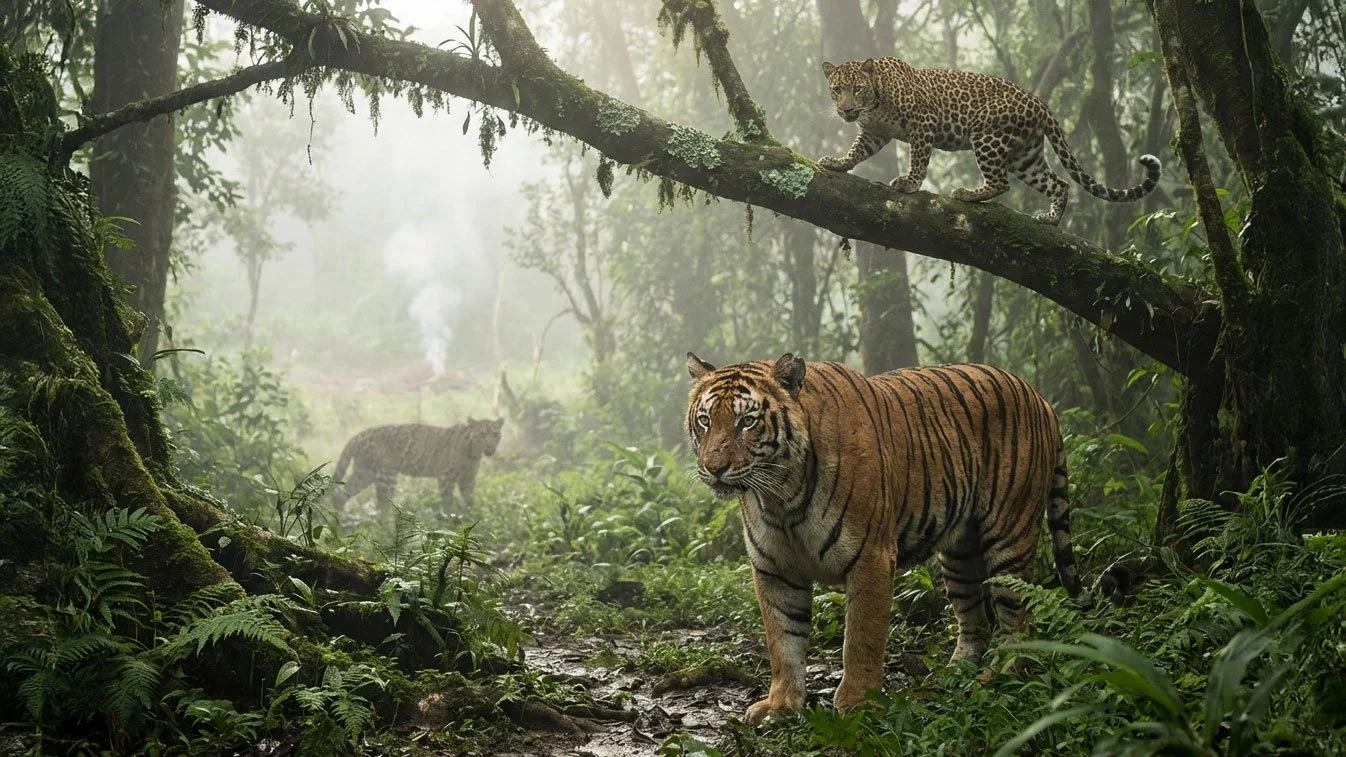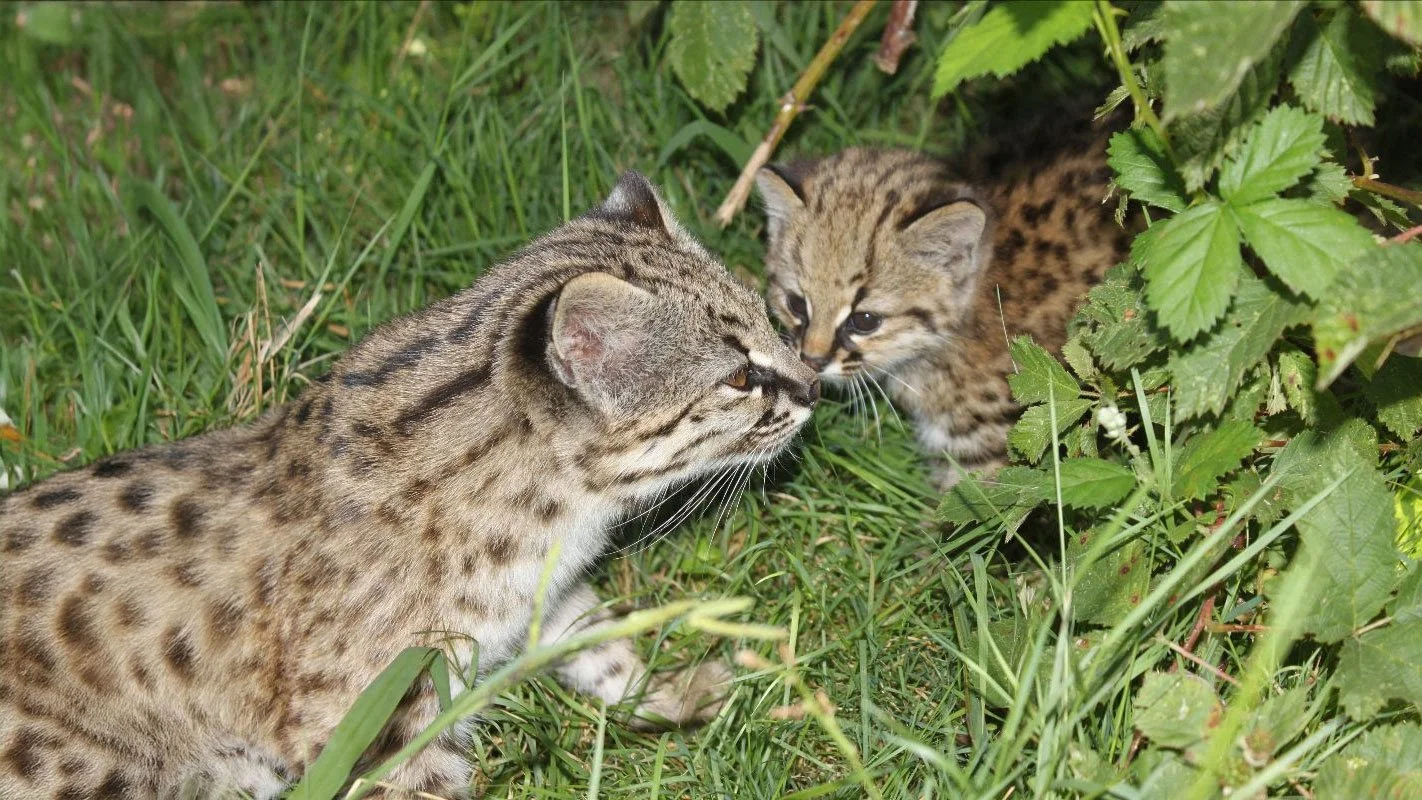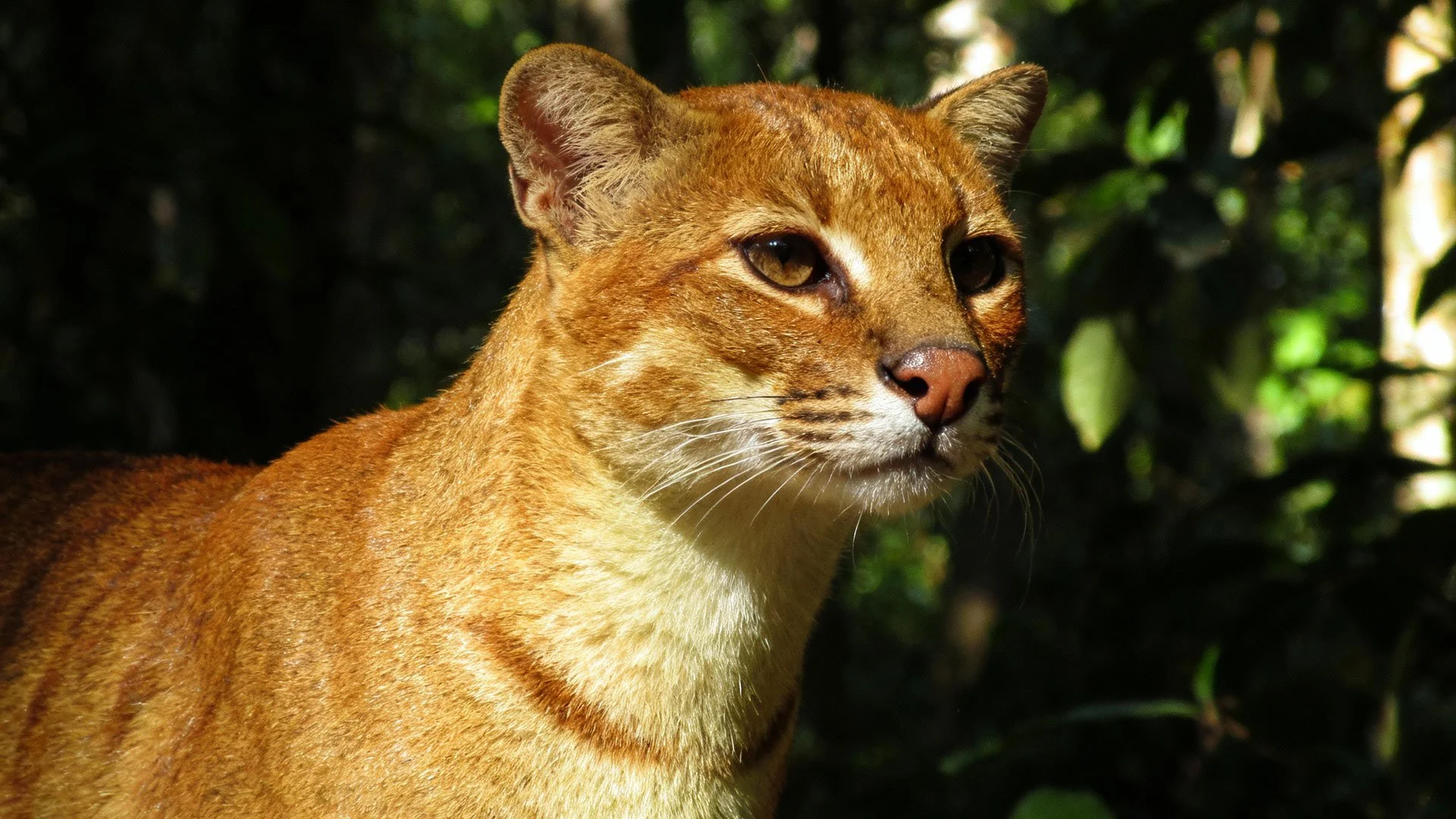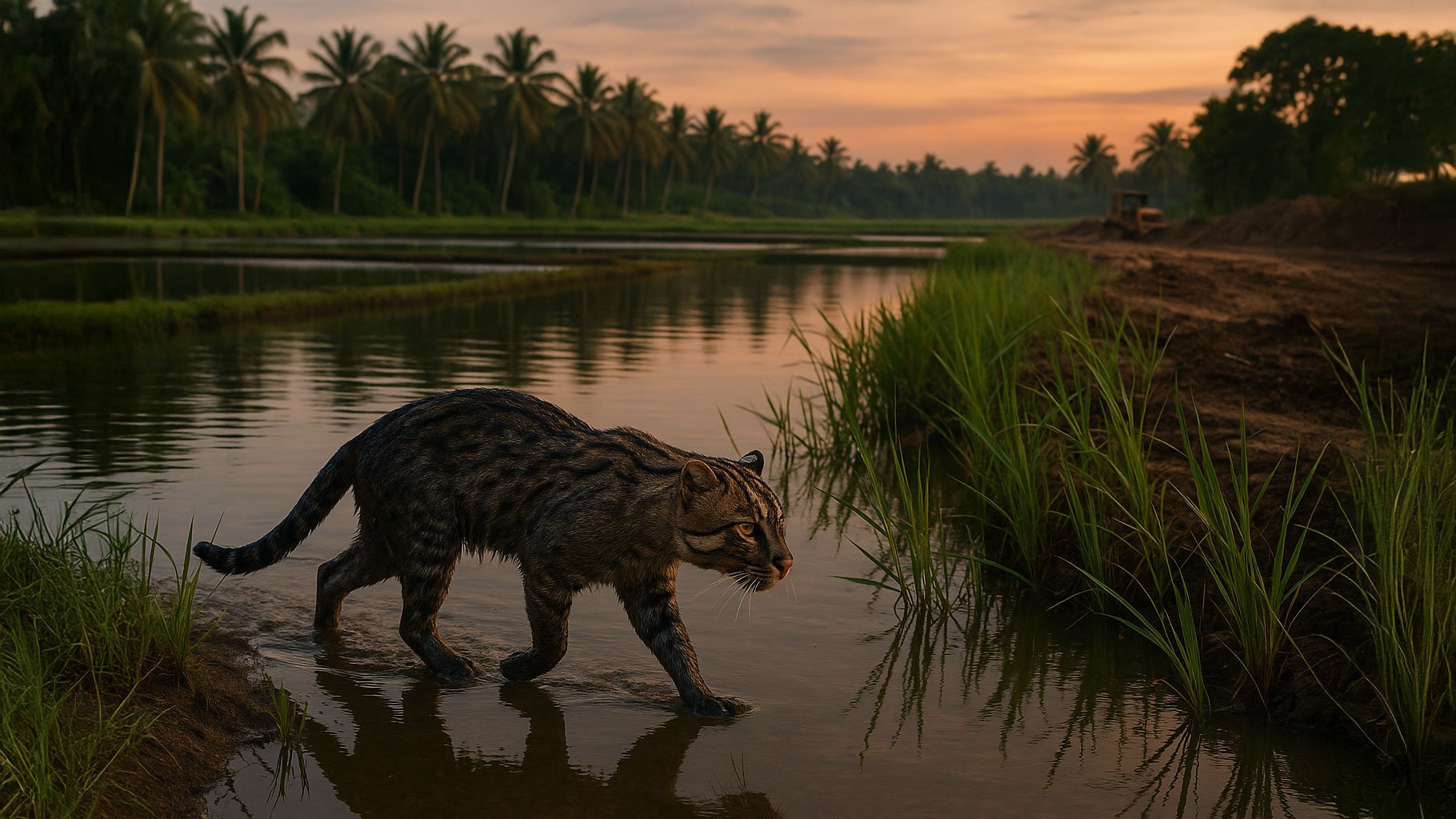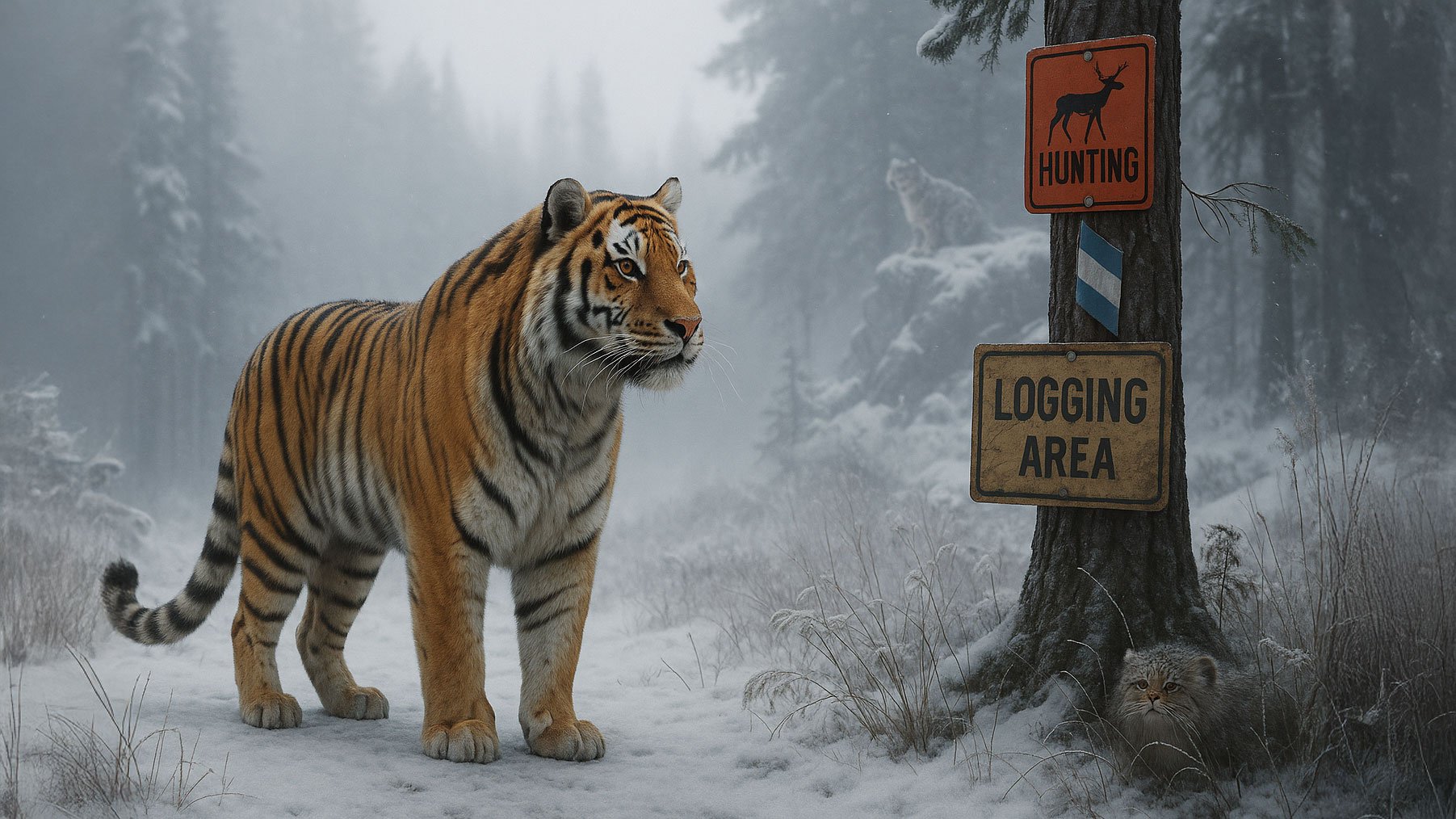Whispers in the Wild: The Jungle Cat Thrives as the Rusty-Spotted Cat Fades
In the sweltering jungles, misty mangroves, and dry plains of India, where tigers once ruled unchallenged and are now cautiously making a comeback, another story quietly unfolds—one that rarely makes headlines. It is the tale of India’s smallest felines, the almost invisible wild cats that thread silently through tiger territory. And now, for the first time in history, their whispers have become data.
On Global Tiger Day, the Ministry of Environment, Forest and Climate Change released a groundbreaking national report—Status of Small Cats in Tiger Landscapes of India. This sweeping survey draws on years of painstaking fieldwork and over 57,000 camera trap locations spanning 18 states. It’s not just about numbers. It’s about nine mysterious wild cat species, some as small as a housecat, that coexist in the shadow of their more famous cousins.
Jungle Cat: The Quiet King of Small Cats
If there's a surprise in this report, it's that the jungle cat reigns supreme—not in fierceness, but in resilience. With an estimated range of over 96,275 square kilometers, it was found in nearly half of all surveyed locations. Its adaptability is remarkable: dry forests, wetlands, human-altered landscapes—the jungle cat thrives in them all. While tigers grab the glory, it’s the jungle cat that silently holds its ground.
This cat isn’t flashy. No rosettes or flamboyant stripes. Just long legs, tufted ears, and a no-nonsense expression. But its secret power? Survivability. It may be the underdog of the feline world, but it's clearly figured out how to live alongside humans, buffaloes, and bulldozers.
Rusty-Spotted Cat: The Hummingbird in Decline
Now, imagine a cat that fits in your two hands. The rusty-spotted cat, the world’s smallest wild feline, is often called the “hummingbird of cats” for its delicate size and elusive nature. But beauty, it seems, is not enough to guarantee safety.
Despite its wide range, the rusty-spotted cat is in trouble. The report revealed a 21% decline in its presence between 2018 and 2022. Once detected in 70,075 square kilometers, it's now disappearing from forests where it once thrived. Particularly in the mixed deciduous forests of Central India, its absence is ringing alarm bells.
This is a species already listed as Near Threatened on the IUCN Red List. Every square kilometer lost represents a dimming future for one of nature’s most exquisite miniatures.
Others in the Shadows
The leopard cat, a secretive forest dweller, held on to about half its range but is quietly vanishing in pockets of the Himalayas, Northeast, and the Sundarbans. The fishing cat, reliant on wetlands and mangroves, was recorded in just 7,575 square kilometers—a chilling figure given how rapidly wetlands are vanishing across India.
The desert cat, suited to the semi-arid landscapes of western India, held firm across 12,500 square kilometers. But it, too, lives on a fragile edge, in a habitat where water scarcity and land degradation are only getting worse.
And then there are the ghosts of the Northeast: the clouded leopard, marbled cat, and Asiatic golden cat. These enigmatic creatures, already rare, were found in increasingly fragmented patches. Over 75% of the areas where the marbled and golden cats were once detected yielded no recent signs. Have they moved deeper into secrecy, or are we too late?
The Crucial Role of Protected Areas
One silver lining in the report was the value of protected areas, particularly tiger reserves, which were shown to support richer small cat diversity. Where tiger conservation succeeds, smaller carnivores benefit too.
Yet, the jungle cat and rusty-spotted cat were still commonly found outside protected zones, highlighting their exposure to unregulated threats—roadkill, poisoning, habitat fragmentation, and the unrelenting sprawl of human development.
Why Should We Care?
Because wild cats are not just beautiful—they're essential. They control rodents. They shape the food web. They tell us when ecosystems are healthy—or when they’re dying. Losing them isn't just a biodiversity loss. It’s a warning sign.
The jungle cat’s success tells us that adaptability matters. But the rusty-spotted cat’s decline reminds us that fragility still needs protection.
What You Can Do
You don’t need to trek through India’s forests to make a difference. Support organizations like Big Cat Rescue that fund field research and conservation. Speak out against the exotic pet trade. Promote wetland conservation. Reduce your footprint, wherever you are.
These small cats don’t roar. They don’t pounce into headlines. But they deserve our attention. Because when the silent ones go missing, the whole forest loses its voice.
Learn more: https://india.mongabay.com/short-article/2025/07/jungle-cat-most-widespread-rusty-spotted-cat-declining-finds-national-survey/


